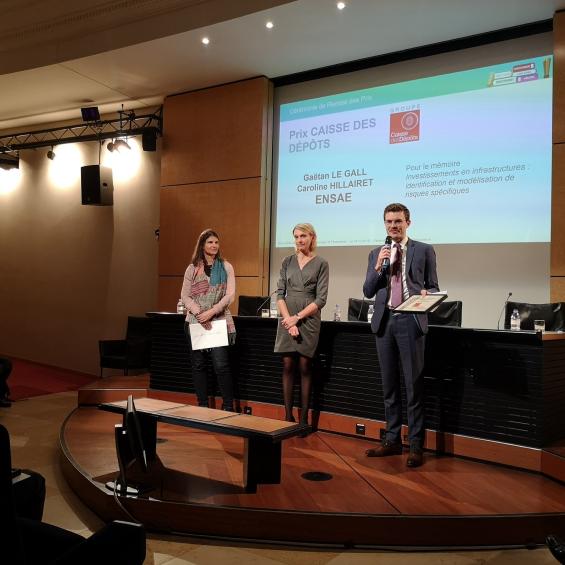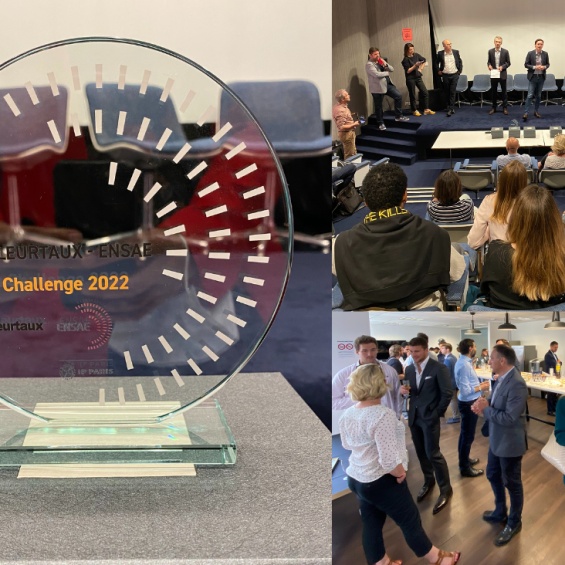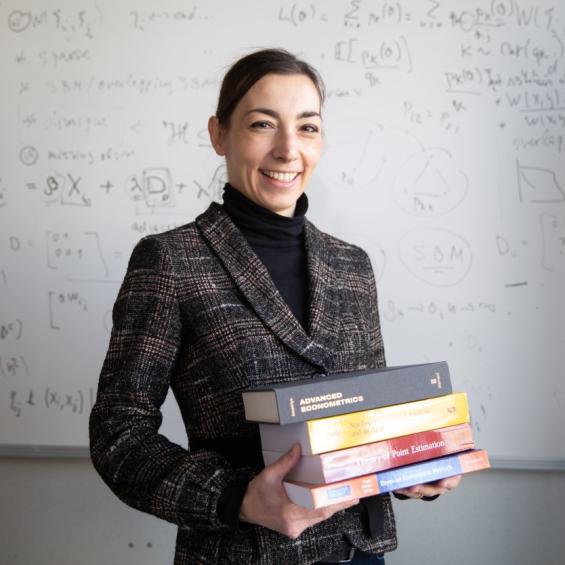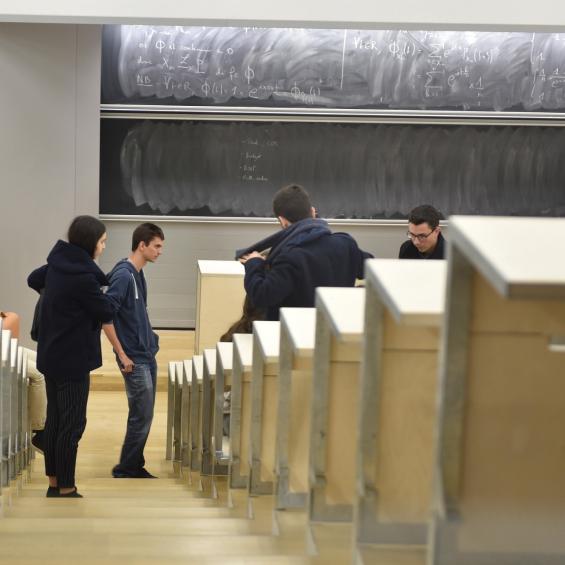Third year
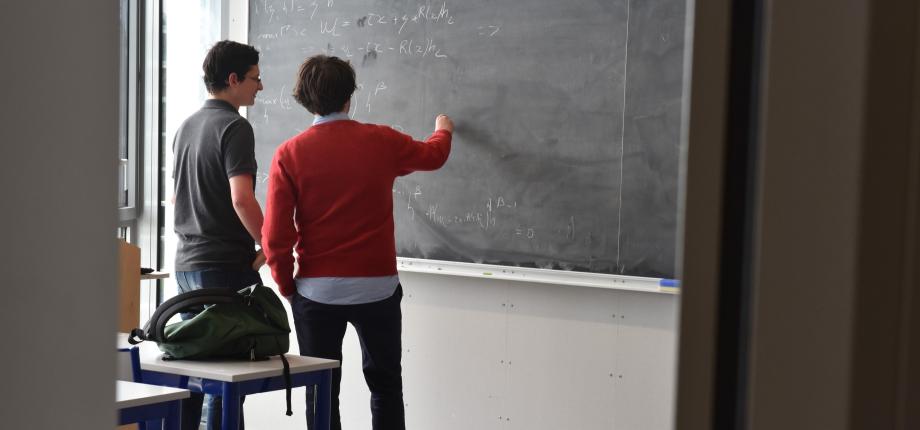
The specialization tracks are designed to deliver the skills needed for the jobs for which they prepare in a coherent manner. Within each of these tracks, a certain number of courses are compulsory, others must be chosen within the track, and still others may be chosen from the catalog of 140 courses in the third year (subject to schedule compatibility). The organization into tracks of specialization is thus compatible with students' choice of personalized paths combining courses from different tracks. For example, combining the Economic Policies and Dynamics track with an optional course in Market Finance allows students to consider a career in banking, combining economic analysis, forecasting and asset management. Similarly, students in the Data science for business decision or Data science and social sciences tracks will be able to take advanced statistical learning courses in the Data science, statistics and learning track.
Important point: in order to allow students to do a part-time work-study internship, or to follow a double degree in research master, Mondays and Thursdays are free of classes at ENSAE.
Choosing a specialization track
In the third year, six specialization tracks are offered, but within these tracks, it is possible to choose from the 140 courses in the 3A course catalog (subject to schedule compatibility)
- Actuarial Science
- Data Science and Business Decision
- Social Data Science
- Data Science, Statistics and Learning
- Economic Policies and Dynamics
- Finance, Risks and Data
There is no quota for each specialization, which are freely chosen by the students at the end of September.
Integrated curriculum
Students admitted directly into the third year of the integrated curriculum (3A-CI) also take courses in econometrics, mathematical statistics, time series, macroeconomics and microeconomics at the beginning of the year. The courses are held from the end of August to the beginning of October on a full-time basis (5 days per week) and are compulsory. The integrated curriculum exams take place in mid-October.
This harmonization block constitutes a teaching unit of the first semester in its own right which aims to transmit a minimal base of knowledge necessary to follow the third year courses. These students still benefit from an introduction to R and SAS software.
| Matière | ECTS | Horaires (cours + TD) |
|---|---|---|
| Econometrics (CI) | 2 | 15+12 |
| Time series (CI) | 1.5 | 12+12 |
| Introduction to the R Computer Language (CI) | 0 | 3+0 |
| Data Ethics | 0.5 | 6+0 |
Option for students in the 'Economics' track
| Mathematical Statistics | 1,5 | 18+12 |
| Introduction to Applied Statistical Learning | 1,5 | 12+6 |
Option for students on the 'applied mathematics' track
| Microeconomics | 1,5 | 18+12 |
| Macroeconomics | 1,5 | 18+12 |
For students who which to continue with the 'actuarial' track
| Instruments Financiers 3A | 0 | 18+0 |










